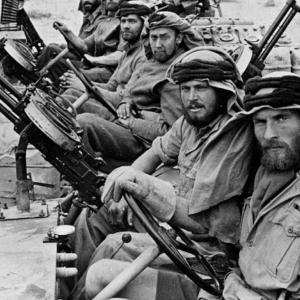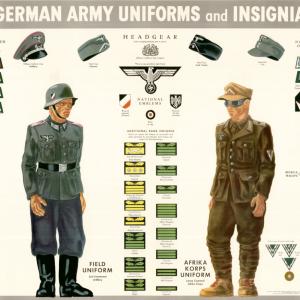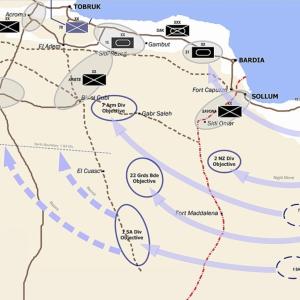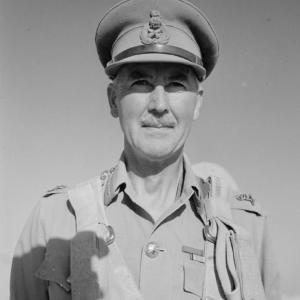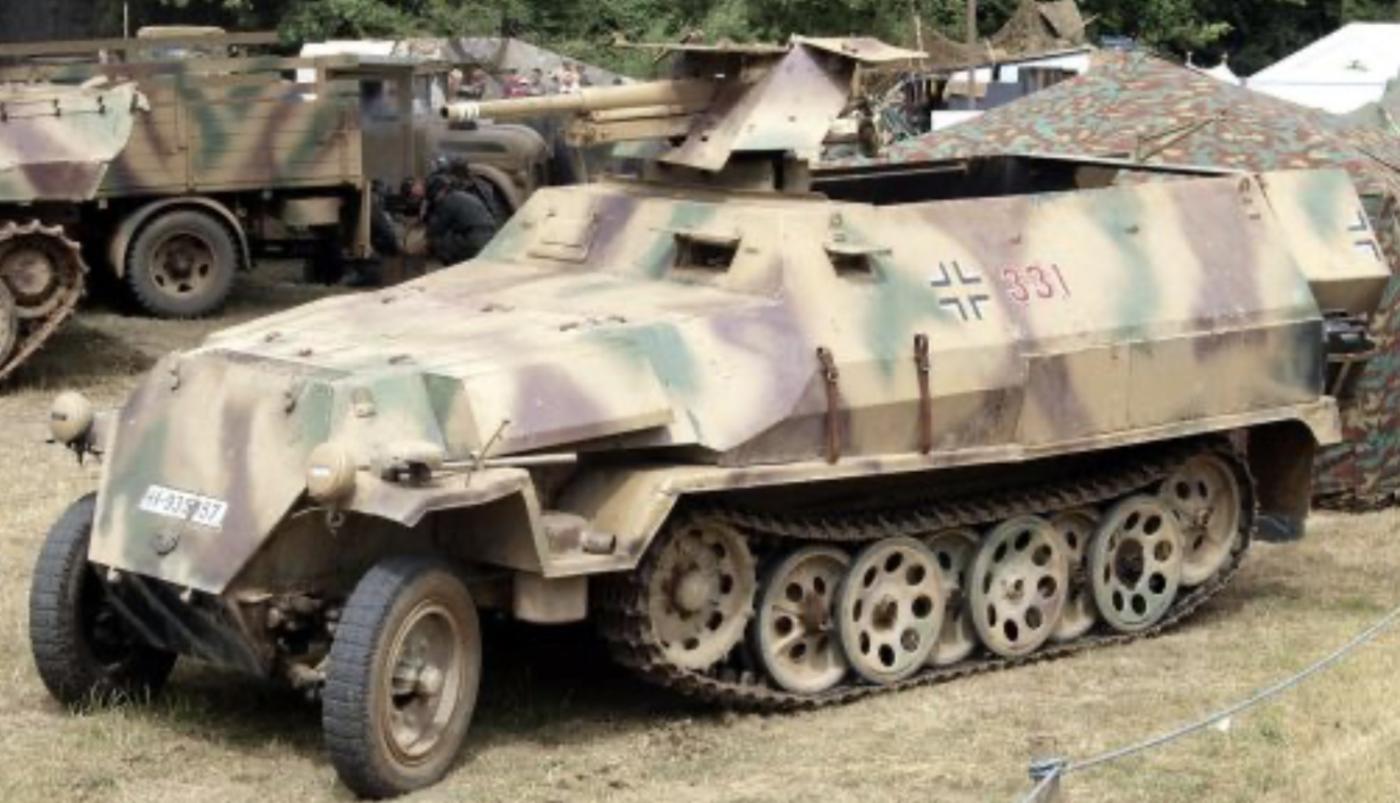
German half track
The Sd.Kfz. 251, short for Sonderkraftfahrzeug 251, was a German armored half-track widely used during World War II by the Wehrmacht and Waffen-SS. It became one of the most important troop transport and support vehicles in the German arsenal.
The vehicle was designed by the German engineering company Hanomag (Hannoversche Maschinenbau AG). It was based on the earlier Sd.Kfz. 11 half-track, a successful artillery tractor. While Hanomag developed the chassis, the armored superstructure was designed and produced by Büssing-NAG, a well-known German truck manufacturer. As the war progressed and demand increased, other firms such as Adlerwerke, Skoda, and Borgward also contributed to its production.
The Sd.Kfz. 251 featured a combination of all-terrain mobility and light armor protection. Its layout included an armored engine compartment, an open-topped troop section, and a rear ramp or door for easy troop entry and exit. It was intended to transport mechanized infantry into battle while offering some protection against small arms and shrapnel.
The vehicle had a half-track configuration with two front wheels for steering and tracked rear wheels for traction. It was operated by a crew of two—a driver and a commander. The standard personnel version could carry up to ten fully equipped infantry soldiers in the rear compartment. Its armor thickness ranged from 6 to 14.5 millimeters, sloped to improve deflection of enemy fire.
Technical Specifications, Variants, and Combat Use
The Sd.Kfz. 251 was powered by a Maybach HL42 TRKM six-cylinder gasoline engine, delivering 100 horsepower. It used a four-speed manual transmission and torsion bar suspension at the front with leaf springs for the track assembly. Its top road speed was around 52 kilometers per hour, and it had a range of approximately 300 kilometers on roads, depending on terrain and load.
It carried a fuel capacity of about 160 liters and could traverse rugged terrain effectively, which was especially critical on the Eastern Front and in North Africa.
Production of the Sd.Kfz. 251 ran from 1939 to 1945, with over 15,252 units produced across multiple versions and configurations. The vehicle was produced in four main models (Ausführung A through D), each with improvements in armor layout, crew space, and manufacturing efficiency. The later models, particularly Ausf. D, featured simplified construction to speed up wartime production.
There were more than 20 specialized variants of the Sd.Kfz. 251, each adapted to a particular battlefield role. Some of the most common versions included:
Sd.Kfz. 251/1: Standard personnel carrier version.
Sd.Kfz. 251/2: Mortar carrier with an 8 cm Granatwerfer 34.
Sd.Kfz. 251/3: Communications and radio vehicle.
Sd.Kfz. 251/4: Used for towing light infantry or anti-tank guns.
Sd.Kfz. 251/7: Engineer variant equipped with bridging tools and explosives.
Sd.Kfz. 251/9: Close-support version with a short-barreled 7.5 cm gun.
Sd.Kfz. 251/10: Platoon leader variant with a 3.7 cm anti-tank gun.
Sd.Kfz. 251/16: Flamethrower version with two flame projectors and fuel tanks.
Sd.Kfz. 251/22: Late-war variant carrying a 7.5 cm PaK 40 anti-tank gun.
Most Sd.Kfz. 251s were armed with two machine guns, usually the MG 34 or MG 42 in 7.92 mm caliber. One was mounted at the front in a protective gun shield, and the second was placed toward the rear or center to cover the flanks or provide rear defense. The open top allowed soldiers to fire their own weapons from the vehicle while staying mostly protected.
The open design, while exposing the crew to overhead threats such as artillery and airburst shells, made it easier to communicate, observe the battlefield, and quickly dismount under fire. The vehicle was primarily assigned to Panzer divisions and Panzergrenadier units, giving German infantry a mobile platform that could keep up with tanks in fast-moving offensives.
The Sd.Kfz. 251 was the first fully tracked armored personnel carrier to be used in large numbers. Its versatile design, multiple variants, and production in the thousands made it a central part of Germany’s mechanized forces throughout the war.

